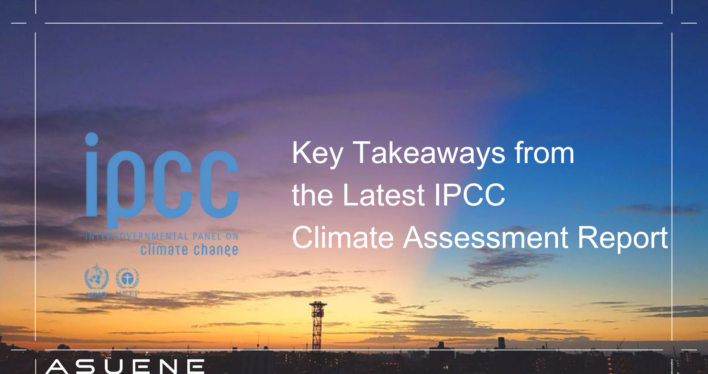- Article Summary
-
Overview
The Intergovernmental Panel on Climate Change (IPCC) has released its latest comprehensive climate assessment, and its message is clear: climate change is accelerating, and action is urgently needed. This IPCC assessment – the culmination of several years of scientific reports – highlights alarming trends in global warming and extreme weather, but also outlines feasible solutions to mitigate the crisis. In this blog, we summarize the key findings of the report in accessible terms, focusing on climate change trends, recommended mitigation strategies, and policy implications. By understanding the findings of recent IPCC reporting, governments, businesses, and communities can better navigate the path toward a sustainable and resilient future.
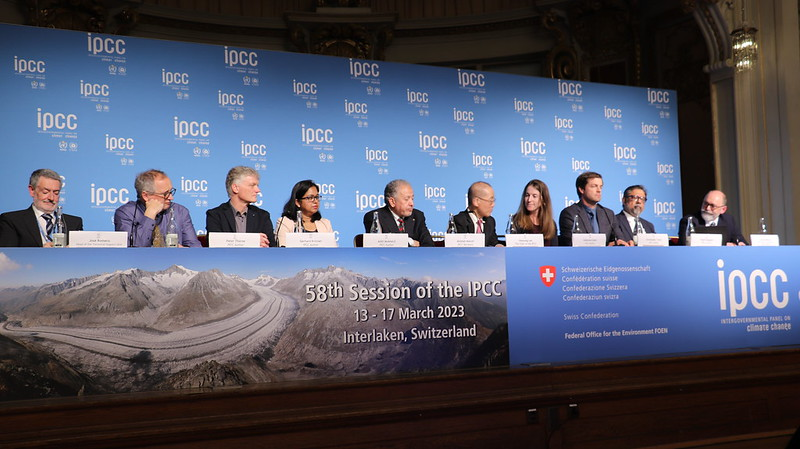
The IPCC and Its Assessment Reports
The IPCC is the United Nations body tasked with assessing climate science and providing objective information to policymakers. Approximately every 5–7 years, it produces an Assessment Report synthesizing the latest knowledge on climate change. The most recent cycle – the Sixth Assessment (AR6) – spanned 2018 to 2023 and included detailed volumes on the physical science, impacts and adaptation, and mitigation, plus a Synthesis Report tying it all together. Unlike previous reports, this latest synthesis arrives at a time of heightened global focus on the climate crisis and serves as a high-level summary for decision-makers. Its aim is to provide up-to-date understanding of how the climate is changing, what risks we face, and what solutions can address these challenges. Approved line-by-line by 195 member countries, the report carries significant weight in international climate negotiations and policy – essentially charting a course for climate action until the next assessment is published years from now.
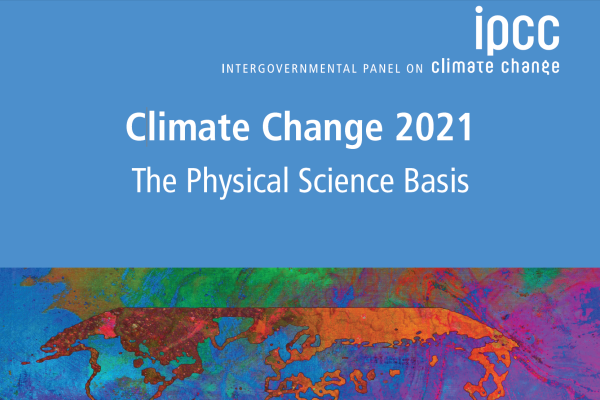
Climate Change Trends and Impacts
Warming temperatures and extreme weather: Human-caused climate change is already affecting every region on Earth through more frequent and intense weather and climate extremes. The planet’s average surface temperature has warmed about 1.1°C above pre-industrial levels, leading to more heatwaves, heavier rainfall, and other disruptive events. The IPCC warns that global warming is on track to reach 1.5°C as early as the early 2030s under current trends. Without significant emission cuts, we could even hit around 3.2°C of warming by 2100 based on policies in place today – a level that would be catastrophic. Scientists note many changes underway (such as glacier melt and sea level rise) are unprecedented in thousands of years and some impacts, like continued sea-level rise, are already irreversible over centuries. Each fraction of a degree of warming matters, as it brings more severe heat, rainfall, drought, or storm surges.
Losses and damages: The report emphasizes that the harms from climate change are no longer abstract future risks – they are already occurring worldwide. We are seeing “widespread loss and damage” to both nature and people from the existing ~1.1°C of warming. For example, extreme floods, wildfires, and storms have become more destructive, impacting food security, infrastructure, and lives. Some communities are hitting the limits of what they can adapt to; in highly vulnerable areas, certain impacts are becoming so severe that no adaptation measures can fully avoid losses (for instance, the loss of entire coral reef systems or low-lying islands). The IPCC finds that these losses disproportionately affect the poorest and most vulnerable populations, especially in developing countries. Without stronger climate action, such damages will escalate, potentially pushing millions into poverty and jeopardizing development gains. This sobering reality underlines why every bit of warming avoided can save lives and livelihoods.
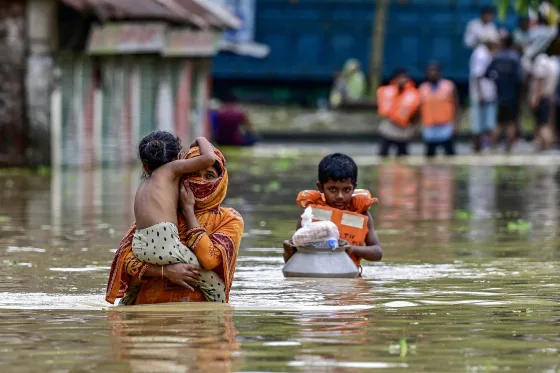
Mitigation Strategies for a Sustainable Future
To avert the worst-case scenarios, the IPCC’s latest report lays out a blueprint of mitigation strategies – essentially a global game plan to reduce greenhouse gas emissions. The science shows that global emissions must peak by 2025 at the latest and then decline sharply for any chance of limiting warming to 1.5°C or 2°C. In modeled pathways that hold warming to 1.5°C, carbon dioxide emissions drop by roughly 43% by 2030 (from 2019 levels) and about 60% by 2035, with net-zero CO2 emissions reached around mid-century. This requires transformational change across energy, transportation, industry, and land-use. The good news is that we already have many of the solutions needed. The costs of renewable energy technologies like solar and wind have plummeted continuously since 2010, making clean energy more accessible than ever. In fact, the report notes that in many regions the unit costs of solar and wind power are now lower than fossil fuels, thanks to innovation and supportive policies.
Transitioning away from fossil fuels: To achieve deep emissions cuts, the IPCC says a substantial reduction in overall fossil fuel use is necessary, alongside a rapid expansion of zero-carbon energy sources. This means phasing out unabated coal power, curbing oil and gas use, and deploying solutions like carbon capture and storage (CCS) for any remaining essential fossil fuel use. Energy systems need to be retooled for efficiency and electrification – for example, replacing gasoline cars with electric vehicles and improving efficiency in buildings and appliances. Methane emissions, largely from fossil fuels and agriculture, also must be cut sharply in the near term since methane is a potent but short-lived greenhouse gas. The IPCC highlights that pathways to limit warming require rapid scaling of renewables, electrification of end-uses, improved energy efficiency, and protection and restoration of forests and other carbon sinks. Encouragingly, many of these actions have co-benefits like cleaner air and improved public health, and the technologies are becoming increasingly affordable. The report also emphasizes the importance of social dimensions: prioritizing equity and a “just transition” can make climate actions more effective by ensuring that the benefits and burdens are distributed fairly. In short, a sustainable future is still within reach if we dramatically accelerate the shift to low-carbon technologies and practices in this decisive decade.
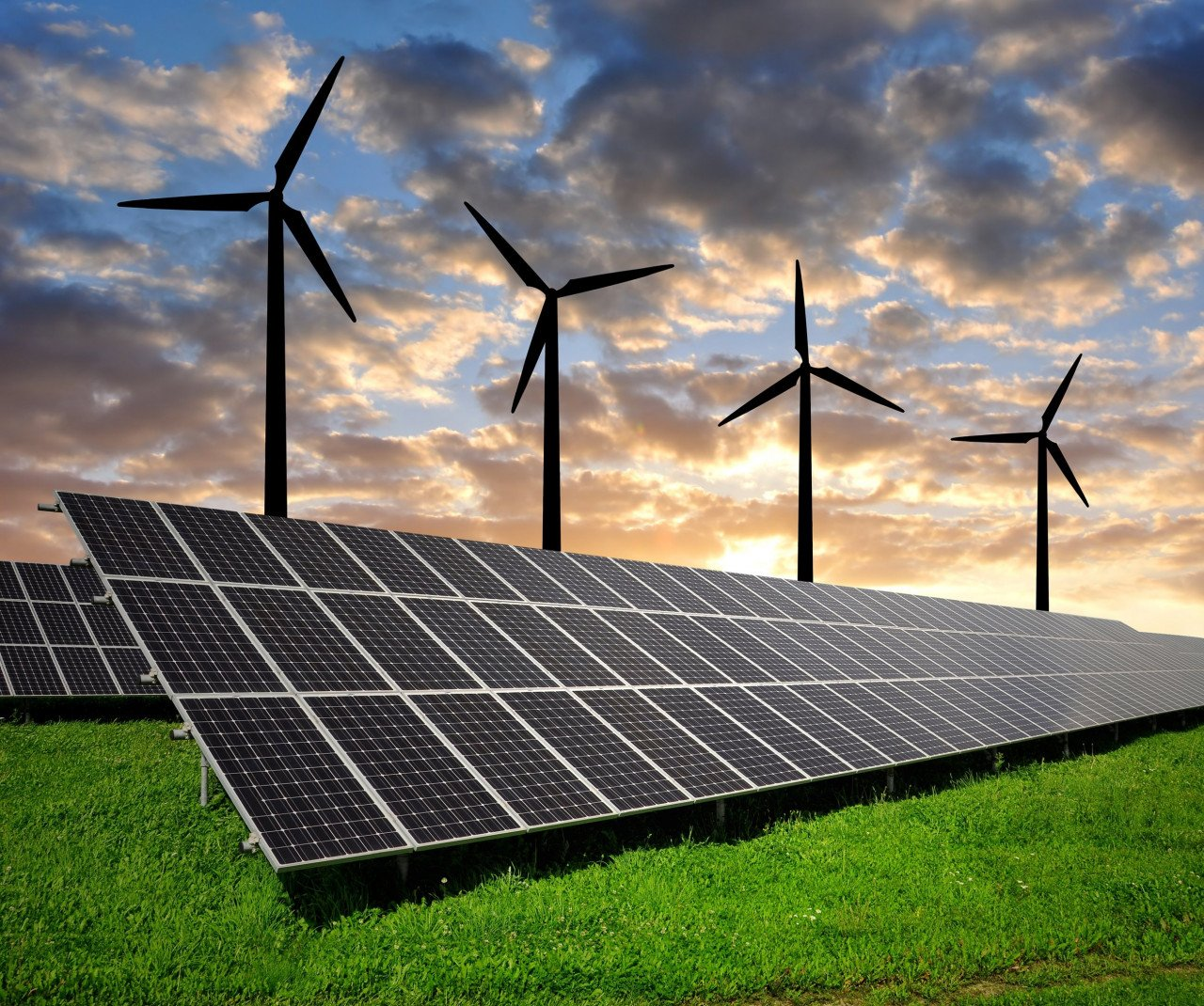
Policy Implications and Global Action
The latest IPCC report carries an urgent yet hopeful message for policymakers. On one hand, current national climate policies and pledges are insufficient – even if all current commitments (NDCs) are met, the world is likely to overshoot the 1.5°C limit during this century. This underscores a critical policy gap: stronger ambition and implementation are needed to close the distance between the trajectory we are on and the safer climate trajectory we want. Since the previous assessment in 2014, many countries have adopted new climate laws and targets, and this has avoided some emissions. However, progress remains uneven. The IPCC finds that the alignment of financial flows with the Paris Agreement goals is happening far too slowly, and climate investments are distributed unevenly across regions. Trillions of dollars will need to be reallocated into clean energy and climate resilience this decade. Yet today, public and private finance for fossil fuels still exceeds that for climate mitigation and adaptation. Bridging this financing gap is a top policy priority – especially to support developing nations, which require significantly more funding to adapt to climate impacts and pursue low-carbon growth. (For instance, developing countries will need an estimated $127 billion per year for adaptation alone by 2030, far above current funds.)
Policymakers are also called to integrate climate action into all aspects of planning and development. The IPCC stresses that delaying mitigation and adaptation will only increase costs and risks down the line. By contrast, taking ambitious action now yields considerable economic benefits. Notably, the report concludes that “the global economic benefit of limiting warming to 2°C exceeds the cost of mitigation” in most analyses. In other words, investing in clean energy and resilient infrastructure is cheaper than dealing with the damages from unchecked climate change. Effective policies could include carbon pricing mechanisms, clean energy standards, R&D funding, and regulations to drive efficiency and emissions cuts. Equally important are measures to ensure fairness – for example, helping fossil fuel-dependent communities diversify their economies and protecting vulnerable populations through social safety nets and inclusive decision-making. International cooperation is paramount: no country can solve climate change alone. The IPCC process itself, with nearly 200 governments approving the report, exemplifies the consensus needed. Its findings feed directly into global negotiations such as the annual U.N. climate conferences (COP). Going forward, strengthened collaboration – from technology transfer to climate finance commitments – will determine whether we can collectively meet the Paris Agreement goals.
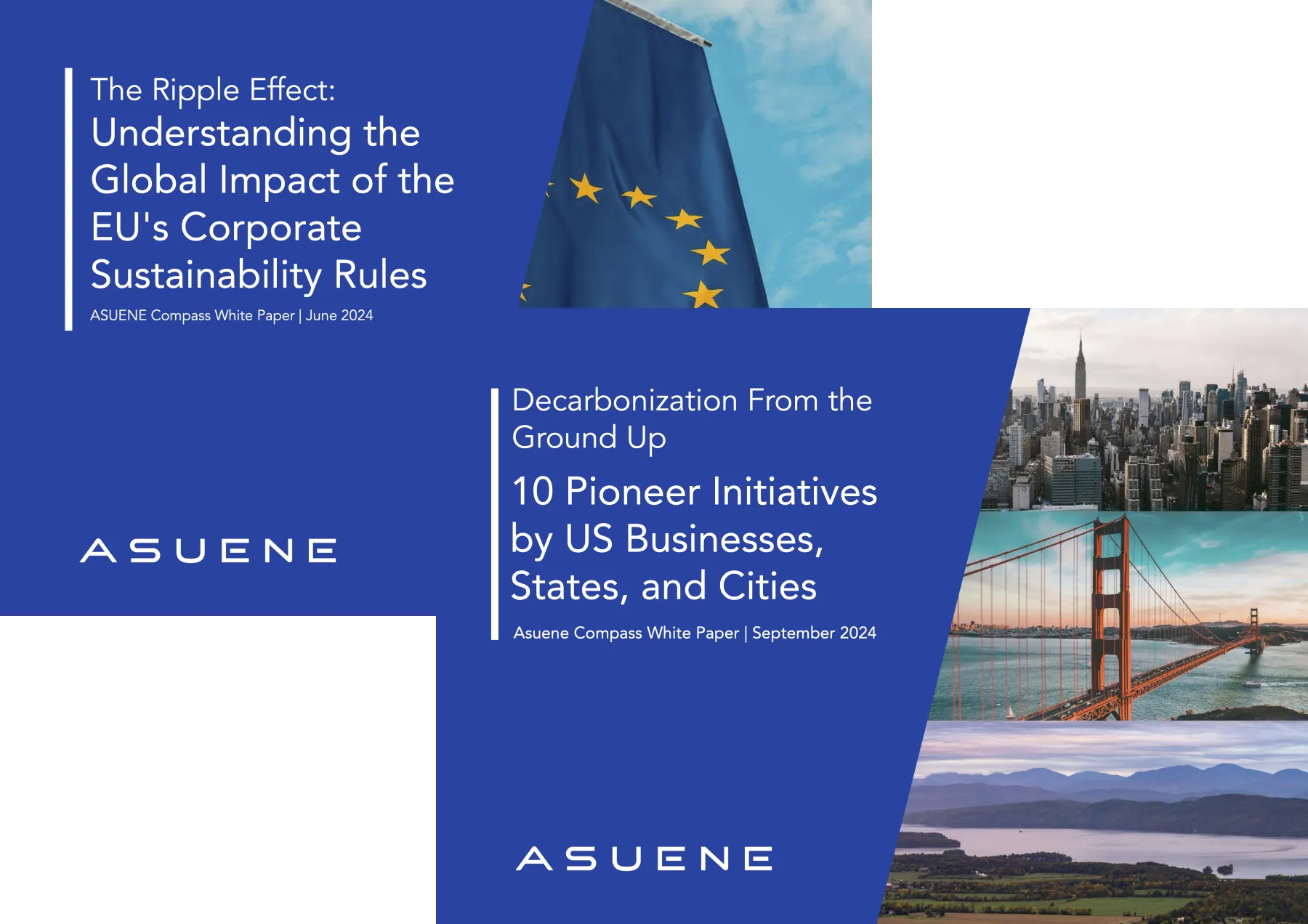

Why Work with Asuene USA Inc.?
Supporting Businesses in the Net-Zero Transition
The findings of the latest IPCC reporting make it abundantly clear that achieving net-zero emissions is not just an environmental goal but a business imperative. Companies must take proactive steps to reduce their carbon footprint, enhance sustainability efforts, and align with global climate targets. At Asuene USA Inc., we empower businesses to take meaningful climate action through innovative sustainability solutions and ESG (Environmental, Social, and Governance) strategies.
Data-Driven Decision-Making
Navigating the path to sustainability requires real-time data insights and AI-powered analytics. Our technology-driven solutions enable businesses to identify key areas for carbon reduction, track progress towards emissions goals, and enhance operational efficiency while maintaining profitability.
Regulatory Compliance and ESG Integration
The IPCC report highlights the urgent need for climate policies and stronger corporate accountability. Asuene USA Inc. provides businesses with the expertise to stay ahead of evolving climate regulations and ESG disclosure requirements. By integrating science-based targets (SBTs) and decarbonization roadmaps, we help organizations future-proof their operations against climate risks.
